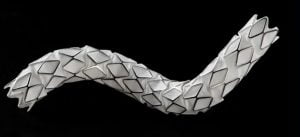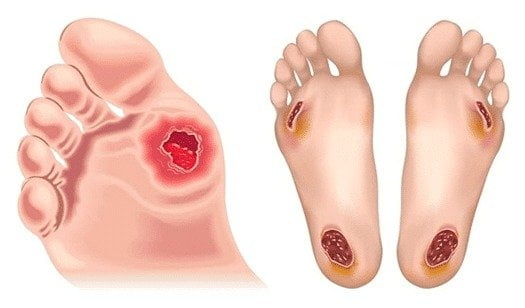Peripheral Arterial Disease (PAD)
Peripheral arterial disease is a condition where the arteries become narrowed or blocked slowly over time with plaque/fatty deposit build up. It is also called atherosclerosis or ‘hardening of the arteries’. This can limit the blood supply getting to any tissue (muscle, skin, nails) below a blockage or narrowed artery. Think of it like angina or chest pain for your leg…. When you walk a certain distance or pace, your calf or thigh muscles require more oxygenated blood… but if your arteries are severely diseased, this won’t occur as oxygenated blood can’t get to the muscles. This will mean there will be a build-up of lactic acid in these muscles… this will give you cramping or ‘claudication’ & can limit the distance you walk without pain.

Signs & symptoms of Peripheral Arterial Disease:
- Claudication.. cramping with walking
- Rest pain.. painful feet when lying in bed at night
- Pale, cold feet
- Decreased or absent pulses
- Non healing wounds or ulcers on affected limb
- Hair loss in the affected limb
- Slowed nail growth on the affected side
- Gangrene… dead/black tissue
There are a variety of advanced treatment options available including angioplasty, atherectomy, stenting, drug eluting technology, open surgical repair etc. Dr O’Donnell will sit down with you and explain your scans & whether minimally invasive or open surgery is the advisable choice for you. Treatment will be tailored to you using the latest technology & techniques. You will be involved in all parts of your individual patient journey & will be supported throughout your inpatient and outpatient care.


Watch YouTube animation of stent procedure for peripheral arterial disease
You can help your PAD by:
- Stopping smoking
- Reducing excess weight
- Working actively with your GP & specialists to optimise your cardiorespiratory status & risk factors like sugar and cholesterol control
- Exercising regularly… swimming can be a great cardiorespiratory workout for claudicants, stationary bikes can be appropriate for certain patients & graduated exercise regime to increase collateralisation. Dr O’Donnell will discuss which would be a good option for you
- Avoid walking barefoot at all costs & wear supportive footwear
Australia & New Zealand Society of Vascular Surgery Assessment of Vascular Disease
Australia & New Zealand Society of Vascular Society patient information on amputation



